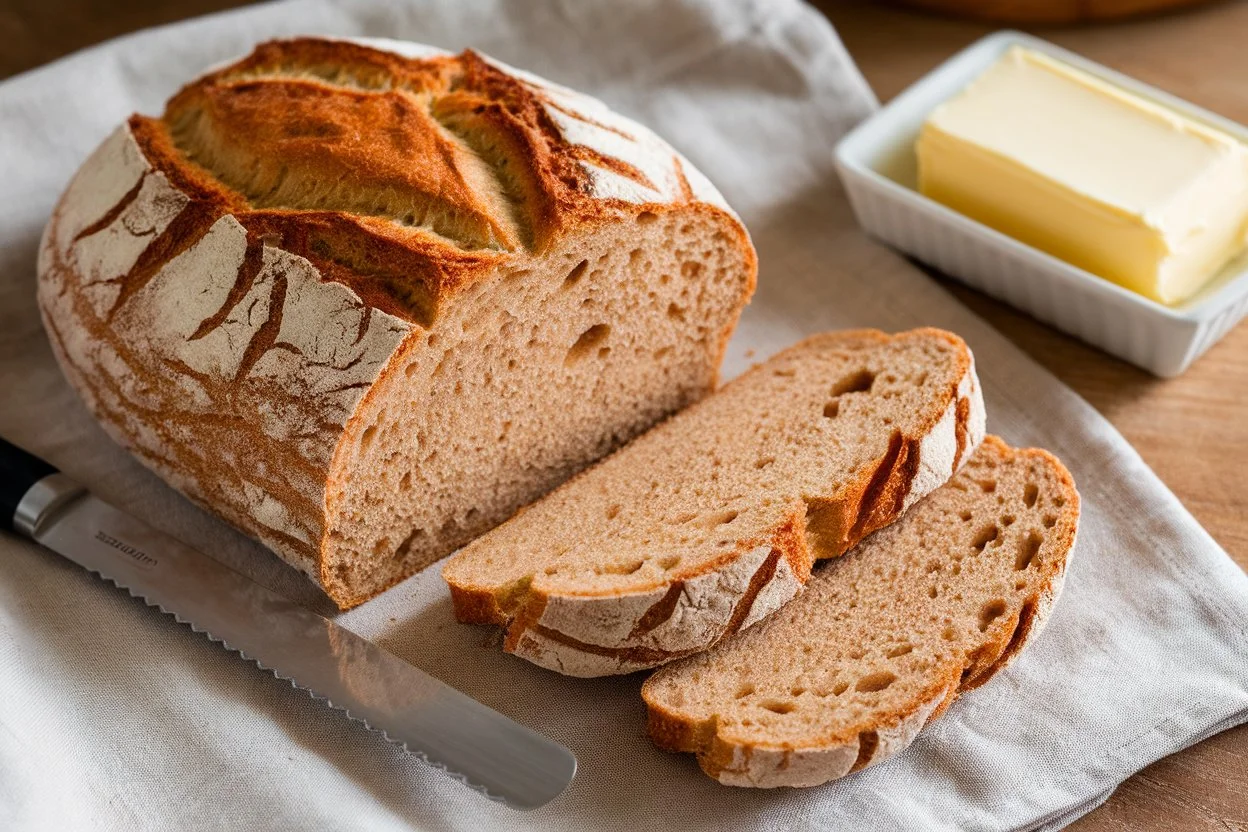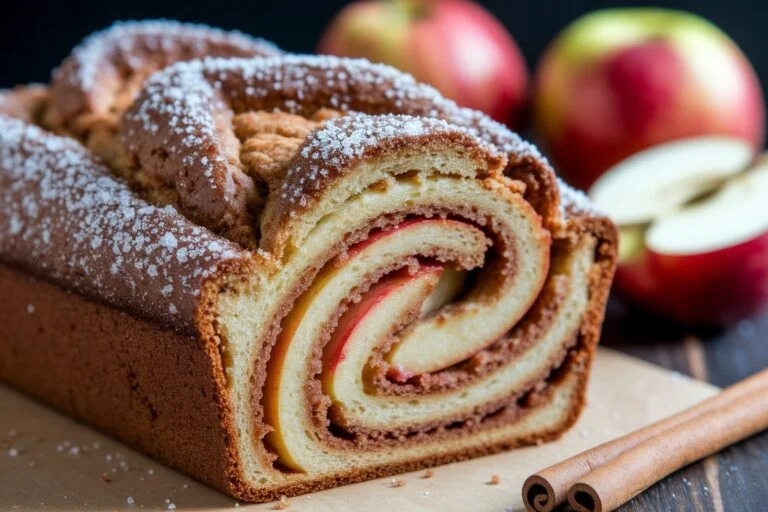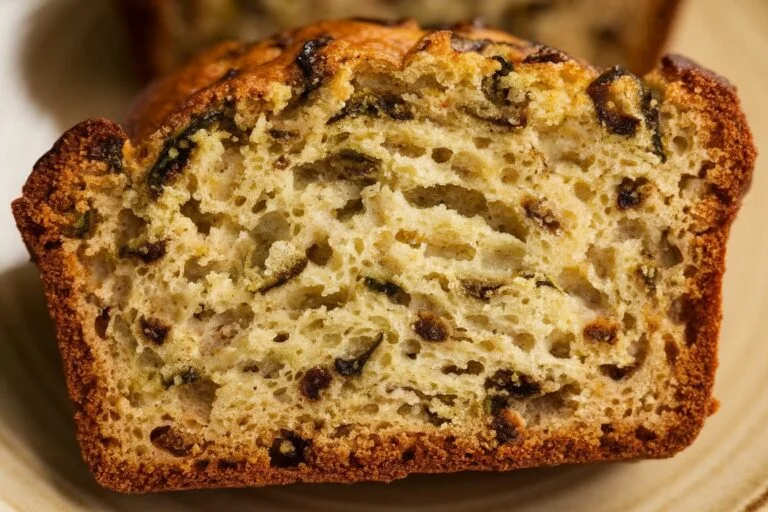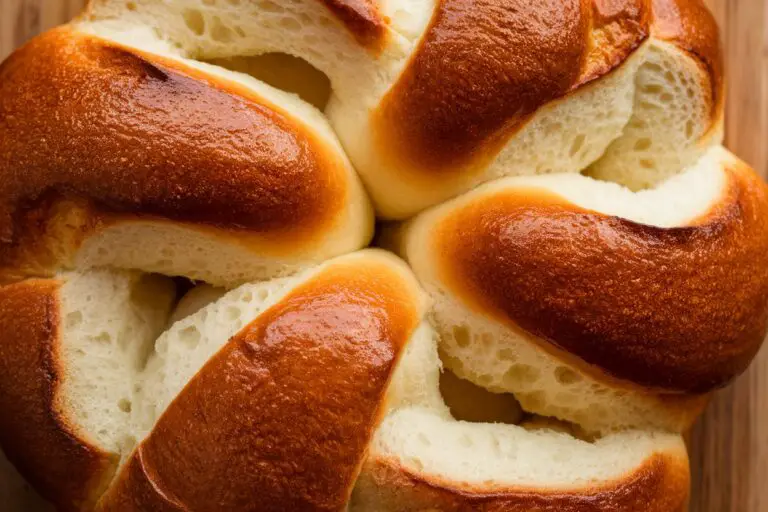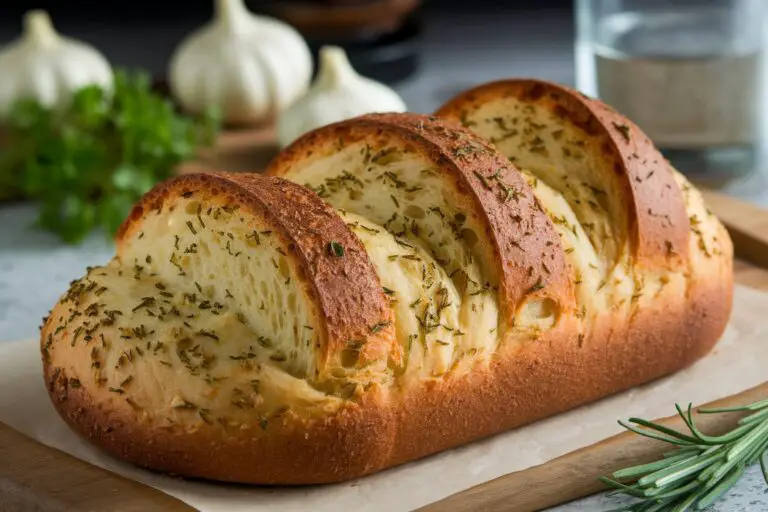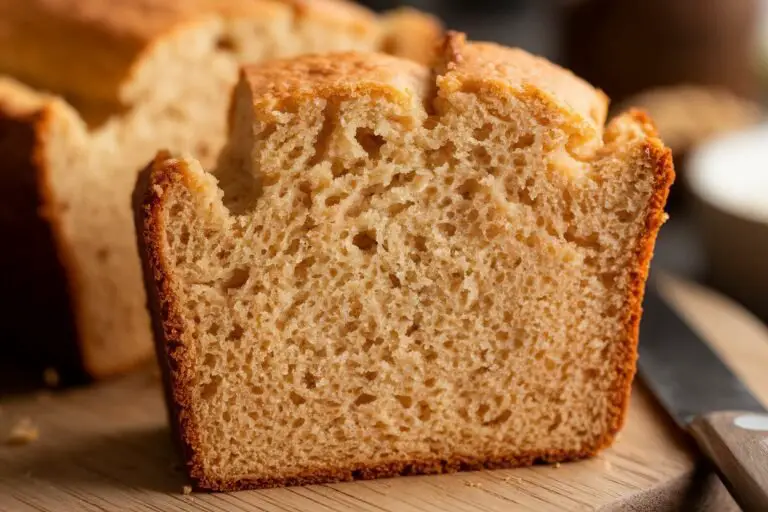Almond Flour Keto Bread
So, you’ve sworn off carbs (RIP baguettes 😢), but you still dream about real bread? You’re not alone.
The good news? Almond Flour Keto Bread is about to be your new ride-or-die. It’s dense, it’s hearty, and—brace yourself—it doesn’t taste like disappointment.
Let’s be honest: keto baking can feel like culinary roulette. Sometimes you get a winner, and sometimes you get something that looks like a sponge and tastes like air. This bread, though? It hits different. Toasts like a champ, slices beautifully, and even holds up under a fried egg. We love a functional loaf.
What Makes Almond Flour Bread So Awesome?

Alright, why should you care about this keto bread? Because:
- It’s nutty, rich, and legit delicious – Almond flour brings that slightly sweet, earthy flavor that just works in bread.
- Super low-carb – Each slice is usually around 2g net carbs. You can still have avocado toast without blowing your carb budget.
- Way less dry than coconut flour bread – Don’t get me wrong, coconut flour is cool, but almond flour brings that soft, satisfying crumb.
- Great for sandwiches – Not all keto breads can handle toppings. This one? It’s holding the line.
Also: no weird additives or science experiments. Just clean ingredients that do what they’re supposed to.
Ingredients You’ll Need

Let’s break out the goods. Here’s what you need to make this delicious low-carb bread:
- 2 cups almond flour (fine, blanched almond flour—not almond meal. Huge difference.)
- 5 large eggs
- ¼ cup melted butter (or ghee/coconut oil if you’re dairy-free)
- 1 tbsp baking powder
- ½ tsp salt
- ¼ tsp xanthan gum (optional but highly recommended—it helps with structure)
- 2 tbsp unsweetened almond milk (optional, for adjusting consistency)
Pro tip: Use a food scale if you’ve got one. Almond flour can pack in differently depending on the brand and storage.
Let’s Get Bakin’
Alright, time to roll up your sleeves and make some bread magic.
Step 1: Preheat & Prep
Set your oven to 350°F (175°C) and line a loaf pan with parchment paper. If you skip the parchment, you will regret it later when you’re chipping your bread out of the pan with a spoon.
Step 2: Beat the Eggs
Crack all five eggs into a large mixing bowl and beat until they’re light and frothy. This adds air and helps the bread stay less dense. You can use a hand mixer or a whisk if you like a good forearm workout.
Step 3: Add Wet Ingredients
Pour in your melted butter and a splash of almond milk if it looks a bit thick. Stir until it’s nice and smooth. If you’re using coconut oil instead of butter, make sure your eggs aren’t too cold or the oil will clump up. Coconut oil + cold eggs = weird lumpy science experiment.
Step 4: Mix in Dry Ingredients
Add in the almond flour, baking powder, salt, and xanthan gum if you’re using it. Stir until everything is fully combined. The batter will be thick, more like a muffin batter than pancake batter.
Step 5: Pour & Bake
Scoop the batter into your loaf pan and smooth the top with a spatula (or your finger if you’re living dangerously). Bake for 40–45 minutes, or until the top is golden and a toothpick comes out clean.
Let it cool for at least 15 minutes before slicing. I know, the struggle is real. But if you cut it too soon, it’ll fall apart and you’ll cry.
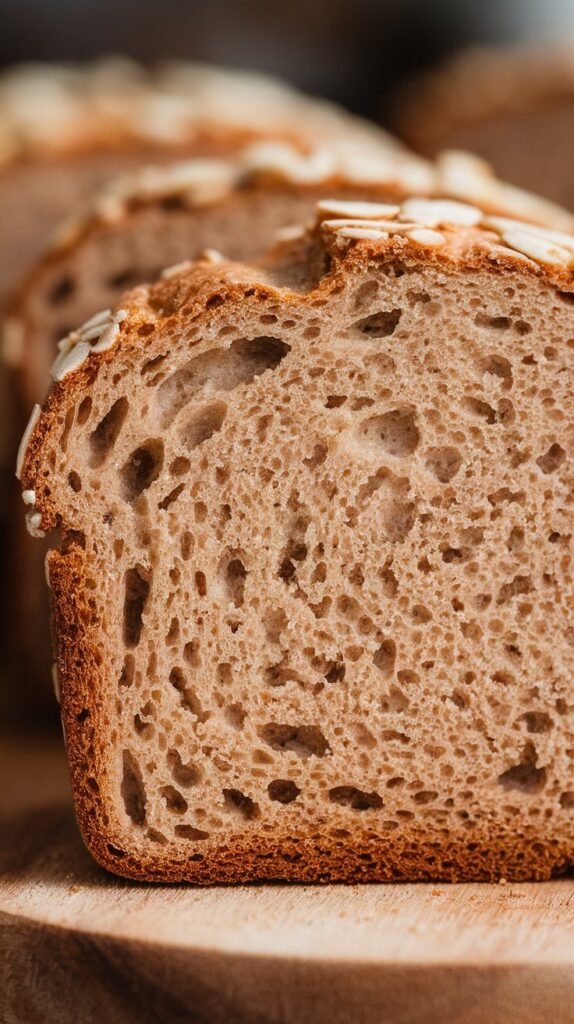
Common Mistakes (And How to Avoid Them)
Alright, here’s where most folks go off the rails:
- Using almond meal instead of almond flour – Meal is gritty and heavy. Flour is soft and light. Big difference in texture.
- Undercooking – It might look done on the outside, but the inside could be a soggy mess. Do the toothpick test.
- Skipping the eggs – Please don’t try to “lighten it up” by removing eggs. They’re not optional in this recipe. It’s not a crusty French boule—it needs the eggs to stay moist and fluffy.
- Not letting it cool – We’ve all been there. You slice too soon, and it’s mush. Be patient. Walk away. Eat some cheese while you wait.
Variations Worth Trying
This base recipe is begging for customization. Here are some tweaks if you’re feeling adventurous:
- Herb-y Goodness – Add a tsp of dried rosemary, oregano, or Italian seasoning for a savory spin.
- Cheesy Bread – Fold in ¼ cup shredded cheddar or parmesan before baking. Cheese makes everything better. Always.
- Everything Seasoning – Sprinkle the top with “everything but the bagel” seasoning before baking. Adds crunch and flavor.
- Mini Loaves – Use a muffin tin for individual bread rolls. Great for freezing and portion control.
FAQ
Is almond flour really keto?
Yep. It’s made from ground almonds and is very low in carbs and high in fat—perfect for keto. Just avoid the almond meal, which includes skins and has a denser texture.
How long does it stay fresh?
About 4–5 days in the fridge. Keep it in an airtight container to prevent it from drying out. Or wrap it in a paper towel and put it in a zip bag for the fridge.
Can I freeze it?
100% yes. Slice it first, freeze with parchment between slices, and just toast what you need. It holds up beautifully.
Can I use a bread machine?
Technically, yes. But IMO, this bread is best baked in a regular oven. Bread machines tend to overmix keto batters.
Why is my bread dense?
That’s normal! Keto breads don’t rise like wheat breads. If it feels brick-like, make sure you didn’t pack the almond flour or overbake it.
Can I make it vegan?
Sort of. You can try flax eggs, but the texture will change. It’ll be more crumbly and less fluffy, but still edible.
Final Thoughts
Almond Flour Keto Bread is the kind of bread that makes keto feel doable. It’s rich, satisfying, and totally versatile—whether you’re craving toast, sandwiches, or just something to smear butter on (no judgment).
And unlike some keto recipes that require a monk’s patience or a lab coat, this one’s easy, forgiving, and totally beginner-friendly.
So if you’ve been side-eyeing your breakfast plate thinking, “This needs carbs,” give this bread a try. It just might change your morning routine. Or at least your opinion of almond flour 😏

